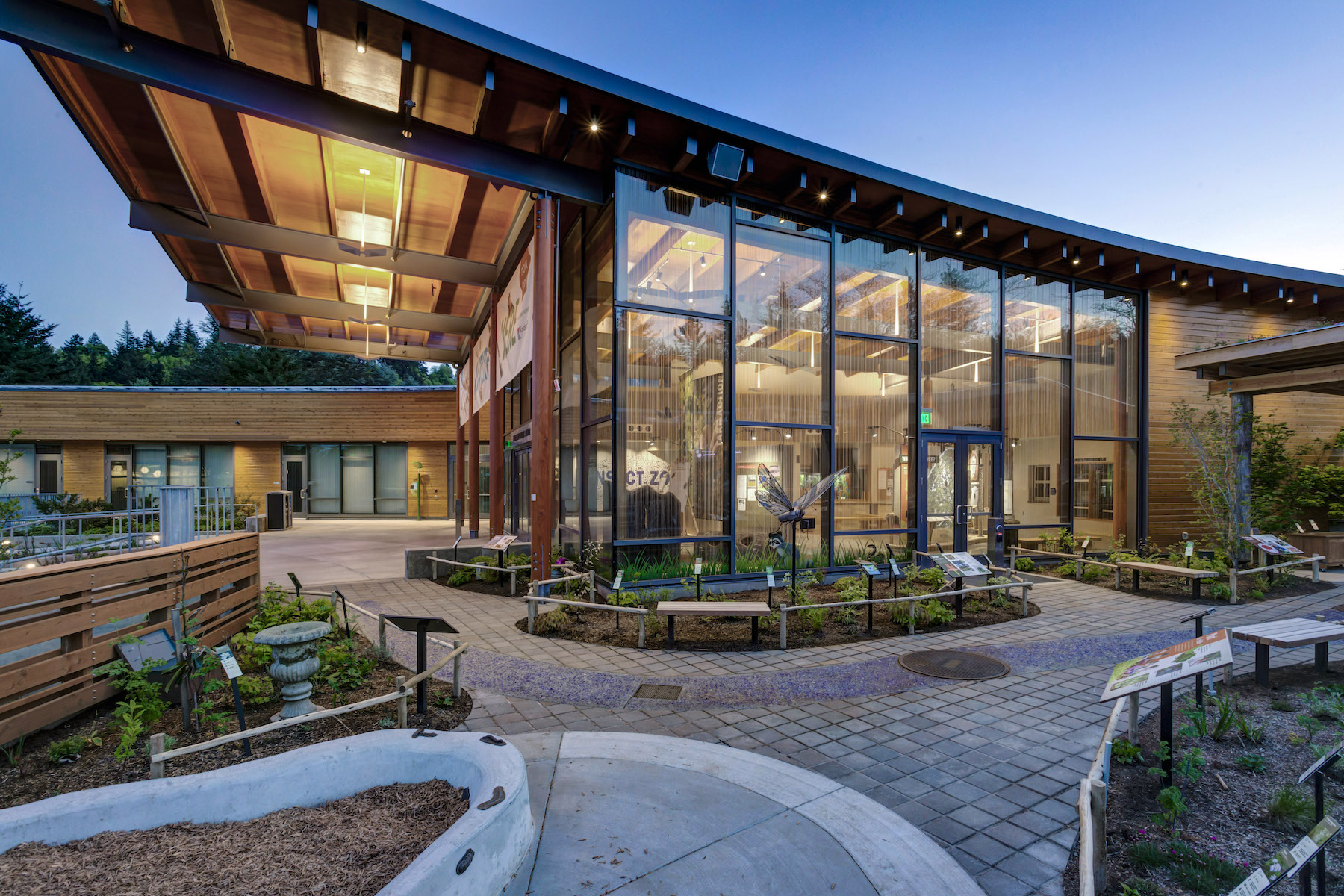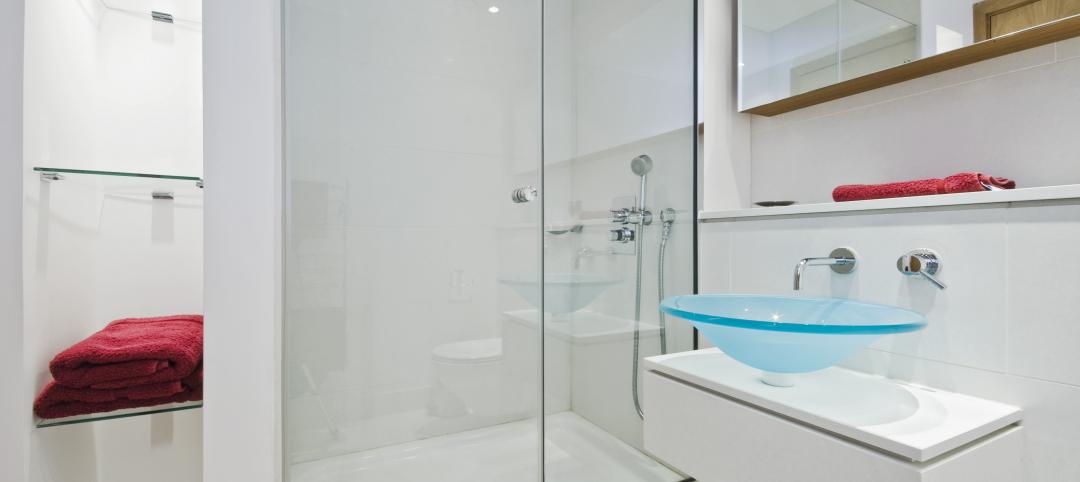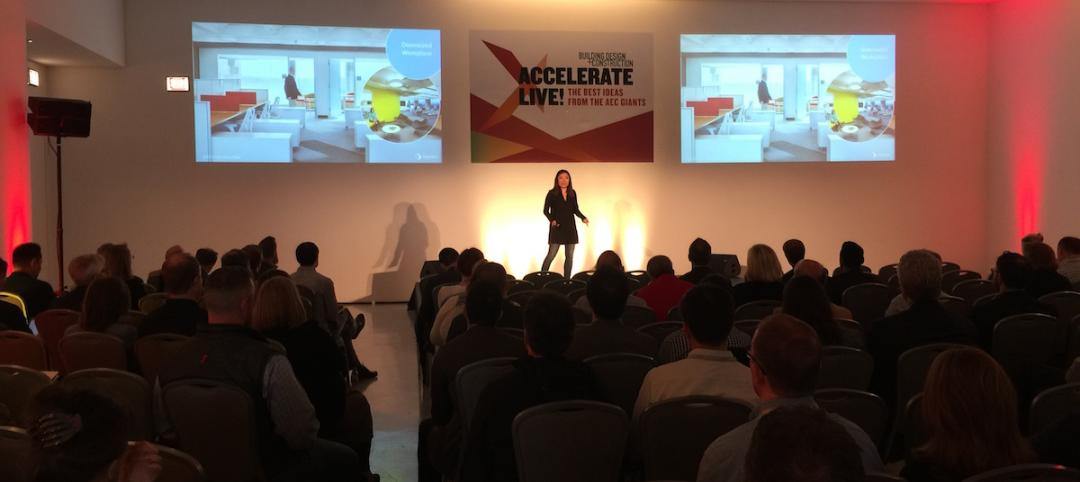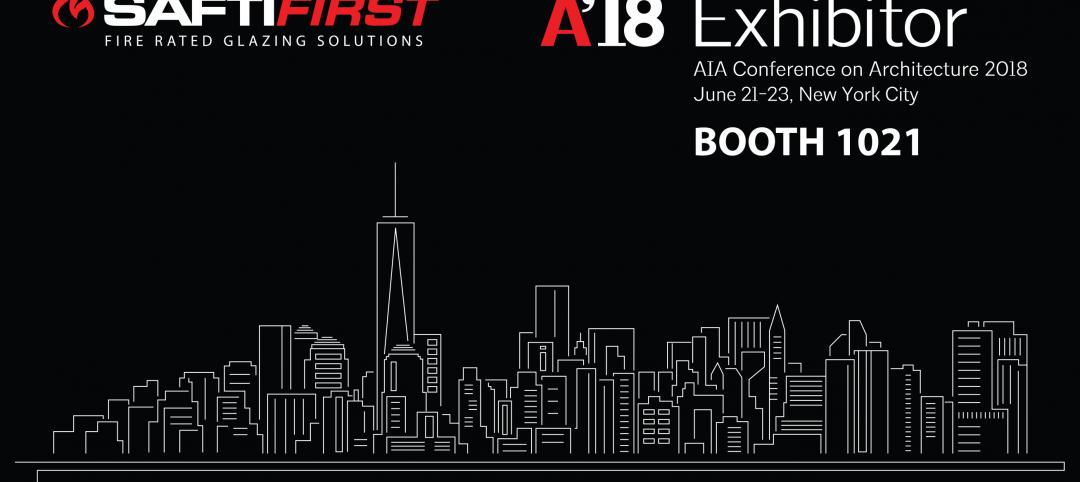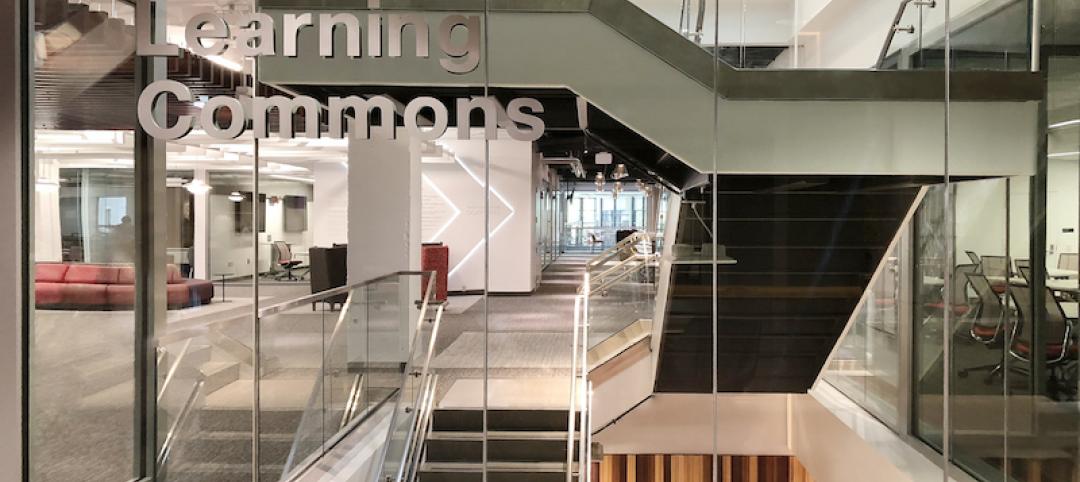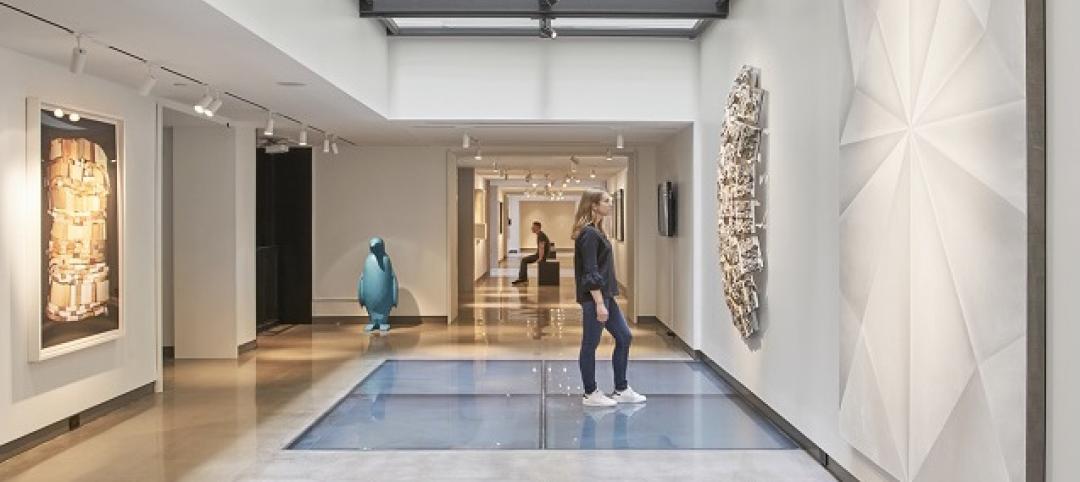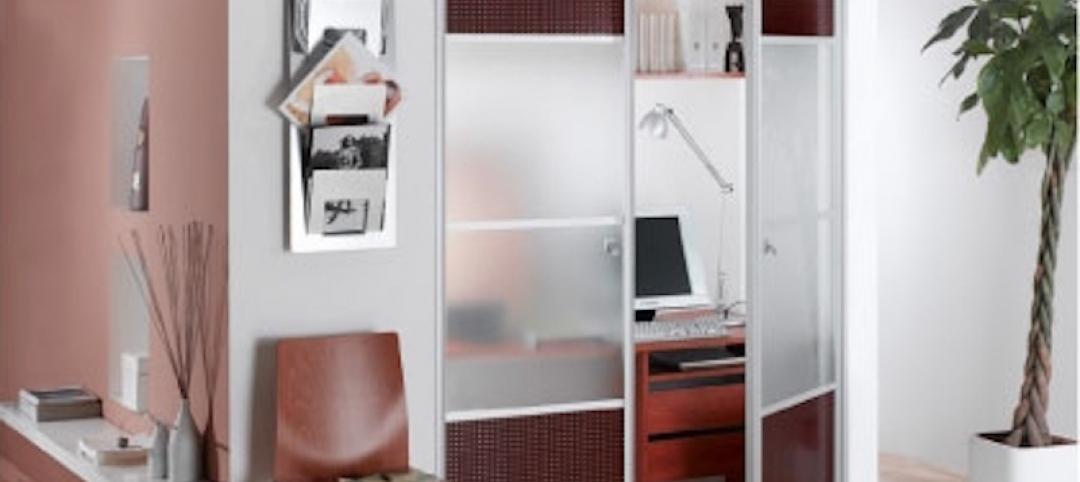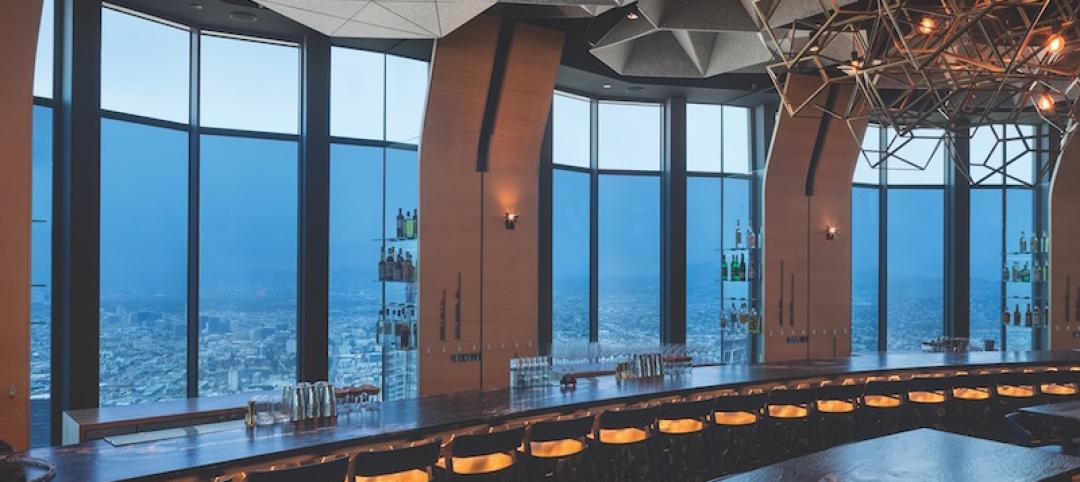While glass is one of the most economical, versatile and beautiful building materials, collisions with glass remain a major cause of bird mortality in North America. This has led to a surge in legislation for bird-safe building materials in North America and beyond.
Last year, the Bird-Safe Buildings Act was passed by the U.S. House of Representatives. Meanwhile, the National Glass Association (NGA) leads a bird-safe glazings advocacy effort. Some municipalities, such as New York City, even require bird-safe glass on certain building types.
Saving Birds Lives While Saving Energy
Industry standards are emerging in relation to bird-friendly glass. Glasses today are often evaluated against the 2″ x 4″ rule, based on the idea that birds will not attempt to fly into spaces they detect as being less than 2 inches high and 4 inches wide. Glasses can be assigned “threat factors,” which measures the potential risks a glass can pose to bird populations.
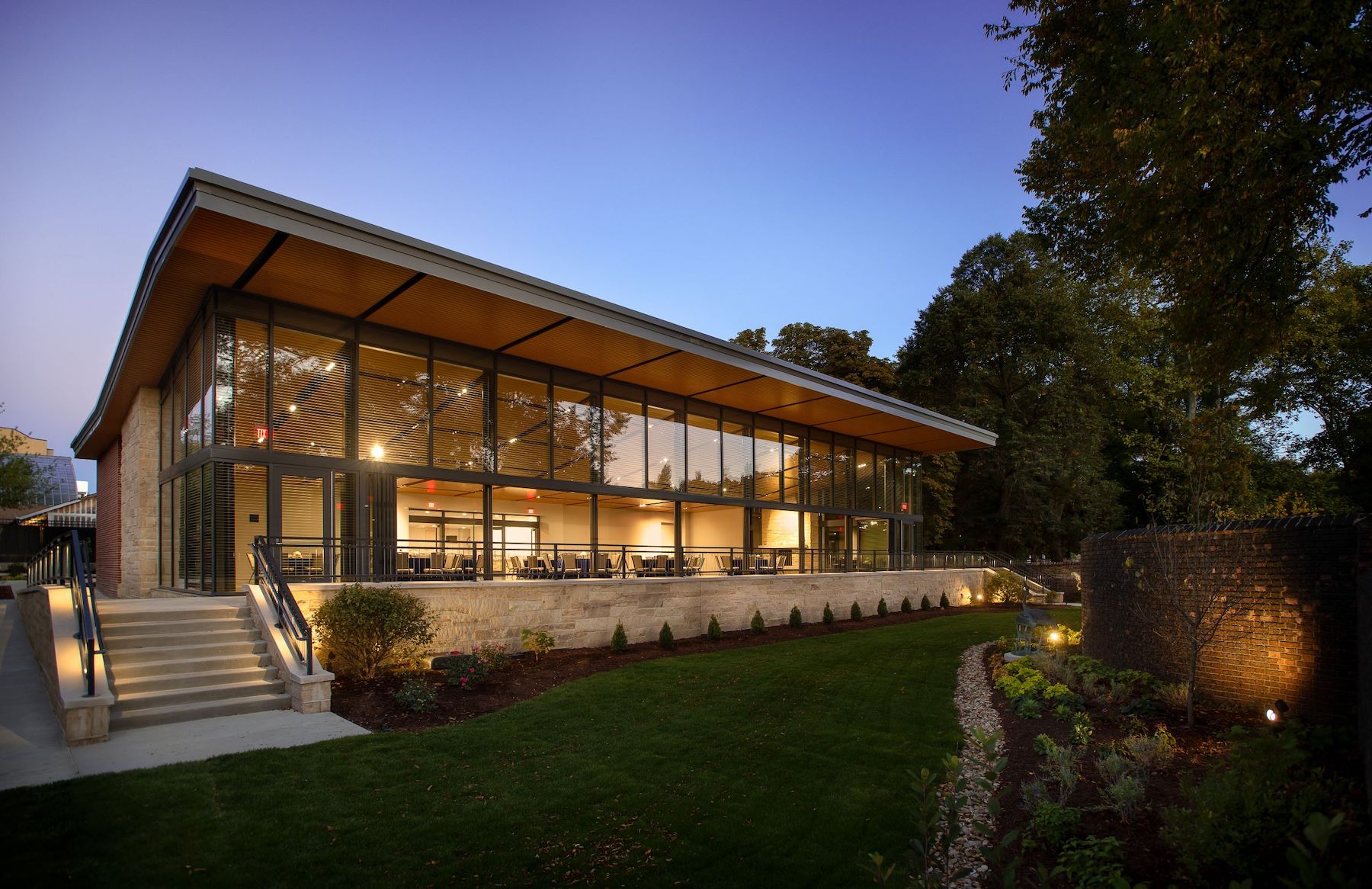
In coming years, bird-safe glass is expected to gain in preference and find its way into more local building codes and architect demand is expected to accelerate.
Meanwhile, increasingly stringent energy codes and a global drive for sustainability demand excellent energy performance in glass products.
A Sustainable, Bird-Safe Solution
The partnership between Walker Glass and Vitro provides a bird-safe glazing solution while saving energy. AviProtek® E bird-safe low-e glass helps architects and building owners satisfy new regulations for bird-friendly building design, achieve their environmental goals, earn LEED® credits and meet solar-performance targets.
AviProtek® E glass has received numerous accolades over the years and is the only bird-safe glass product available with an Environmental Product Declaration (EPD). This allows architects to secure an additional LEED point for their projects using Pilot Credit 55 related to bird deterrence. It also meets California building legislation requirement (AB262) enacted in 2020. AviProtek® E also has a Health Product Declaration (HPD), which contributes to LEED points in the Materials & Resources (MR) Category.
An Alternative to Ceramic Frit
While ceramic frit is commonly used to satisfy bird-safe glass requirements, acid-etched visual markers — such as those used in AviProtek® E bird-friendly glass — are generally more effective when optimized for energy efficiency. By placing acid-etched visual markers on the first surface of an insulating glass unit (IGU), which is preferred to prevent bird collisions, a solar control, low-e coating can be applied to the second surface—which is ideal for optimizing performance.
Ceramic frit is not optimized for the first surface of IGUs. When ceramic frit is placed on the first surface, the low-e coating must be placed on the third surface, potentially compromising energy performance.
To learn more about bird-friendly glass from Vitro Architectural Glass and Walker Glass, visit www.vitroglazings.com/birds.
Related Stories
Sponsored | Glass and Glazing | Jun 28, 2018
Adding value and longevity with anti-corrosion glass
A product like LUXCLEAR® Protect, an anti-corrosion glass from AGC Glass North America, can help glass-enclosed spaces like the shower, bathroom, a hot tub enclosure, or sunroom retain its attractive shine.
Accelerate Live! | Jun 24, 2018
Watch all 19 Accelerate Live! talks on demand
BD+C’s second annual Accelerate Live! AEC innovation conference (May 10, 2018, Chicago) featured talks on AI for construction scheduling, regenerative design, the micro-buildings movement, post-occupancy evaluation, predictive visual data analytics, digital fabrication, and more. Take in all 19 talks on demand.
Sponsored | Glass and Glazing | Jun 7, 2018
Clear, fire resistive butt-glazed walls create transparent, connected and code-compliant stairwell
University of Wisconsin School of Business Grainger Hall’s east and west wings are now linked by a state-of-the-art Learning Commons that encourages collaboration through technology and design.
Sponsored | | May 29, 2018
Accelerate Live! sponsor talk: Debunking daylight myths
In this 10-minute talk at BD+C’s Accelerate Live! conference (May 10, 2018, Chicago), SageGlass CEO Alan McLenaghan, PhD, debunks four common myths related to daylighting in commercial and institutional buildings.
Sponsored | Glass and Glazing | May 29, 2018
A shape-shifting aesthetic and energy efficiency define Manhattan’s iconic VIA 57 West
An audacious residential structure in New York City preserves spectacular outdoor views while minimizing solar heat gain.
Sponsored | | May 24, 2018
Accelerate Live! sponsor talk: The impact of new fire rated glazing technologies to design, performance, and the environment
In this 10-minute sponsor talk at BD+C’s Accelerate Live! conference (May 10, 2018, Chicago), Tim Nass, VP of Sales with SAFTI FIRST Fire Rated Glazing Solutions, details emerging applications for fire rated glazing technology.
| Apr 27, 2018
SAFTI FIRST receives U.S. Patent for fire resistive glass floor system up to 2 hours
USA-made GPX FireFloor System receives U.S. Patent 9,926,709 from the United States Patent and Trademark Office
Sponsored | Glass and Glazing | Apr 4, 2018
The benefits of well-designed spaces in today's public workplace
Combining today’s collaborative spaces with workers’ needs.
75 Top Building Products | Mar 22, 2018
101 Top Products: Glass + Glazing
Among the best glass + glazing products included in BD+C's Top 101 Products report are Guardian Industries' CrystalBlue Glass, SageGlass's Electrochromic Glass, and Technical Glass Products’ Fireframes TimberLine Series.


